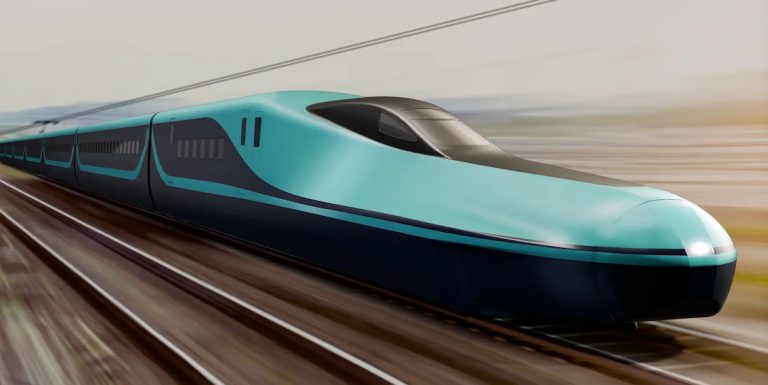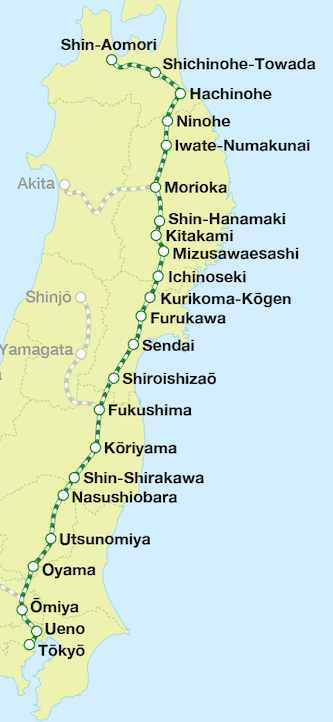
Japan’s newest luxury sleeper train replaces the retiring Cassiopeia, blending private cabins with regional tourism ambitions for 2027 debut.
Tokyo — The Cassiopeia, Japan’s beloved sleeper train that glided between Ueno Station and Sapporo since 1999, will make its final journey in June 2025. Its sleek silver carriages, adorned with five distinctive stripes, once symbolized luxury rail travel. But aging infrastructure and fewer compatible locomotives have sealed its fate.
The End of an Icon
After the Hokkaido Shinkansen opened in 2016, the Cassiopeia transitioned to seasonal tours. Now, even those abbreviated trips—confined mostly to eastern Japan—will cease 2812. Rail enthusiasts mourn its departure, lamenting lost opportunities to experience its observation lounges and deluxe suites. As one forum user posted: “What a pity—I’ll miss seeing that beautiful train.”

Blue Train Renaissance
Spring 2027 heralds a new era. JR East will launch a 10-car overnight express connecting Tokyo with the Tōhoku region, Japan’s northeastern frontier. Departing at 9:00 p.m., travelers will wake in Aomori at 9:00 a.m., ready to explore misty mountains and coastal towns.
The train repurposes existing E657 series carriages from the Joban Line, transformed by JR East Architecture Design into a rolling hotel. Its exterior—a gradient of “Memorial Blue” to “Midnight Horizon”—pays homage to Japan’s classic “Blue Trains,” phased out in 2015 157. President Yoichi Kise envisions this as more than transit: “We will provide passengers with a totally new idea of a night trip.”
Design: Privacy Meets Practicality
Every detail caters to comfort and exclusivity:
- Private Cabins: Configurations for 1–4 occupants, featuring L-shaped sofas converting to flat beds. Solo travelers gain shoe-free “Premium Green Private Rooms” with adaptable layouts.
- Accessibility: Two wheelchair-accessible compartments, a rarity in sleeper trains.
- Social Spaces: A communal lounge car encourages interaction without sacrificing tranquility. With only 120 passengers onboard, JR East targets affluent travelers. Fares for premium cabins will exceed Grand Class Shinkansen tickets, positioning the service as a luxury experience.
Tourism and Economic Ambitions
Beyond convenience, the train is a strategic gambit. Tōhoku—renowned for seafood, onsen (hot springs), and UNESCO-listed temples—receives fewer foreign visitors than Tokyo or Kyoto. Kise explicitly hopes the service will “increase foreign visitors to the Tōhoku region.” By turning travel into an attraction itself, JR East aligns with global trends like Europe’s Orient Express or Kyushu’s Seven Stars. The timed arrival allows tourists to disembark refreshed for a day of sightseeing, maximizing holiday efficiency.
A Rail Renaissance?
Japan’s sleeper trains dwindled with the shinkansen’s rise, yet niche demand persists. The Sunrise Express—Japan’s sole surviving overnight service—proves enduring appeal. JR East’s pivot to all-private accommodations reflects a broader shift: trains as destinations, not mere conveyances.
Still, challenges loom. Industry observers question whether high fares will deter budget travelers, and logistics like frequency and exact pricing remain undecided. As the Cassiopeia fades, its successor must balance nostalgia with innovation to redefine overnight journeys.
Tokyo to Tōhoku: JR East Revives Deluxe Overnight Rail Travel (June 19, 2025)

Audio Summary (75 words)
JR East retires its iconic Cassiopeia sleeper train in June 2025 after 25 years of service. In 2027, a replacement overnight train will connect Tokyo with Tohoku’s scenic northeast. Featuring private cabins for solo travelers to families, it aims to boost tourism with timed dawn arrivals. The design honors Japan’s “Blue Train” legacy while prioritizing modern luxury. President Kise envisions the service as both transportation and an experiential journey.